Plants as a source of active pharmaceutical ingredients - Le piante come fonte di principi attivi farmaceutici
Hello everybody,
Today I would like to introduce a topic that is particularly close to my heart: the use of plants to obtain active ingredients that can be useful for their pharmacological effect.
Introduction
A drug indicates a preparation of natural origin capable of producing biological responses, by virtue of its content in active ingredients. A vegetable drug can be presented as:
- Organized: Contains cellular elements (it can, therefore, consist of leaves, roots, flowers, seeds, rhizomes, bark, ...);
- Unorganized: It does not contain cellular elements (it can therefore be resins or other extracts variously obtained and of variable appearance).
In current (non-pharmacological) language, a drug is defined as a drug endowed with psychotropic effects, generally taken for voluptuous purposes and which is often addictive. Until very recently, the term was also used for products used for food purposes (spices).
The active ingredients present in the plants can be used:
- In the form of drugs as such;
- As a pure substance;
- As a starting material for obtaining semi-synthetic products:
- As a model for synthesis from scratch.
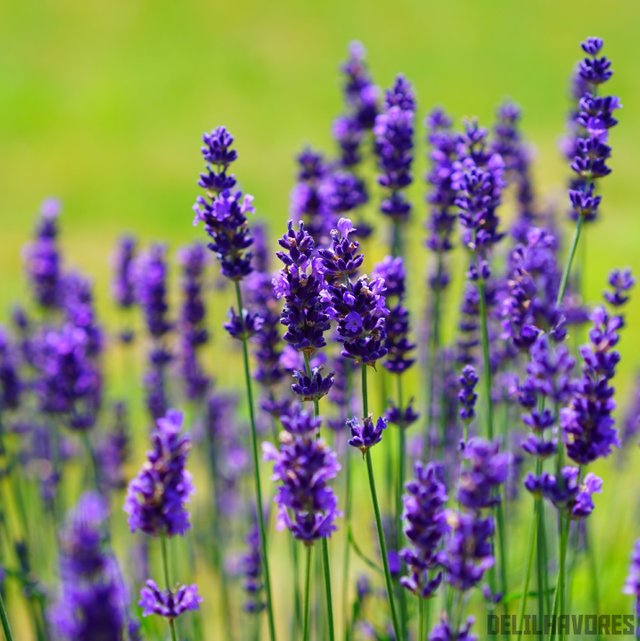
Benefits and dangers
Recently there has been a growing trend in the use of official plants. Estimated annual growth is 25%.
This is mainly due to the fact that the use of plants as raw materials for the extraction of pharmacologically active principles has increased.
Furthermore, in industrialized countries there is a growing distrust of traditional medicine and this has led to an increased use of natural origin preparations. Some examples:
- In the US, in 2002, sales of official herbs increased by 59%. 60 million patients turned to phytotherapy at a cost of 3.28 billion dollars;
- In Germany, more than 25% of patients use hypericum extract to control depression. In 2002, more than 11 million daily doses of this herbal remedy were sold.
The vegetable substances, however, are not free from side effects. Indeed, these can induce serious toxic effects due to:
- Contaminations with other toxic vegetable substances:
- Contaminations with heavy metals;
- Insertion in the herbal product of drugs (such as corticosteroids, benzodiazepines and NSAIDs);
- Interactions between the natural product and a drug taken at the same time.
On the other hand, pharmacovigilance for natural products is extremely difficult as, first and foremost, those who develop an adverse reaction rarely blame the natural product, which is mistakenly considered "safe". Furthermore, natural products are often subject to self-medication and in 70% of cases the treating physician is not informed.
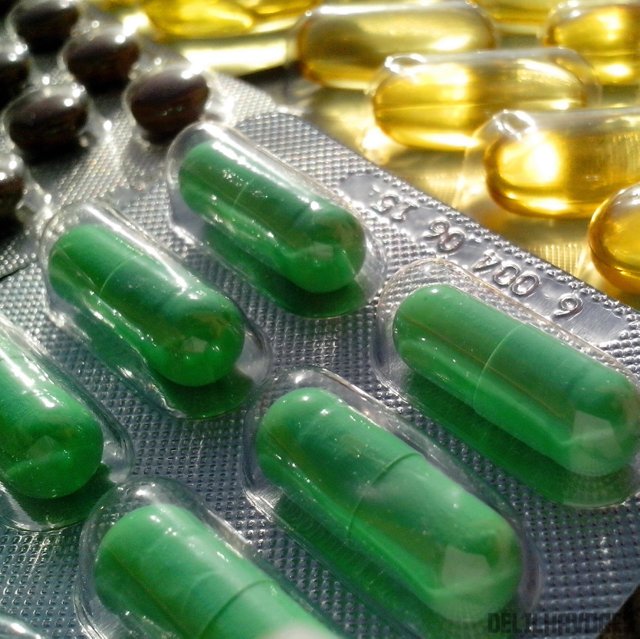
Collection
Balsamic time is the most appropriate period for the collection of vegetable drugs. In fact, depending on the period of the year, a plant can contain significantly different levels of active ingredients.
For biennial herbs we talk about the second year of life, for the leaves before the flowering, for the fleshy fruits the harvest is done before maturity, while for the dried fruits only at complete maturity.
In any case, it is necessary to avoid the collection in case of rain, humidity and fog.
Some examples:
- Cinnamomum camphora sees its active ingredients build up in the wood, as the tree grows. For the harvest, the plant is ready for about 40 years;
- The cardioactive glycosides of Digitalis lanata reach the highest levels in the plant only in the second year;
- Papaver somniferum has a higher morphine content in the capsule three weeks after flowering;
- In the young plants of Datura stramonium the active principle prevails ioscina, in mature plants instead prevails iosciamina.
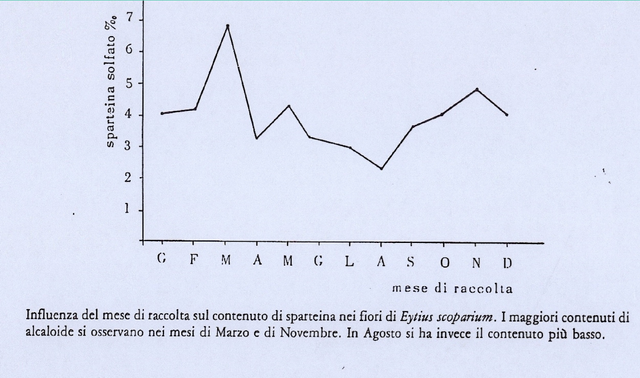
Treatment
The preparation of a drug is the set of procedures to which plant drugs are subjected for the production of active ingredients. The preparation methods are different and depend on the type of drug used: mechanical and extractive preparation methods are distinguished, which are often used in succession for the extraction of the active ingredients.
Dry drugs can be subjected to:
- Crushing: It consists in reducing the plant material into more or less large fragments and is applied above all to hard and consistent materials (woods, roots, rhizomes, barks and seeds);
- Shredding: It consists in reducing a drug in minute particles and applies to herbaceous drugs, leaves, flowers, buds, bulbs, tubers and fruit;
- Pulverization: It consists in reducing powder to crushed or crushed drugs. The pulverization facilitates the extraction of the active ingredients, since the greater the fineness of the drug the faster the extraction of the active ingredients will be.
Fresh drugs can meet:
- Squeezing: It consists of a mechanical operation both of preparation and extraction that is carried out on a fresh drug, which is pressed in order to tear the plant tissue and make the contents come out;
- Compression;
- Centrifugation.
The extraction methods are numerous and include:
- Extraction with solvent: It involves the slow diffusion, inside the plant material, of a solvent (water, ethanol, mixtures of organic liquids with different polarity) in which the active ingredients to be extracted are soluble;
- Extraction with supercritical fluids: A supercritical fluid is a substance that, at high temperature and pressure values, is in the form of a high density gas, close to that of the liquid state. An example of extraction of this type is that of caffeine from tea leaves;
- Distillation: This procedure is used to extract volatile active ingredients from a vegetable drug. It operates by placing the drug on sieves, through which water or other solvent vapors pass, so that the vapor that passes through the drug extracts from the drug itself the volatile components such as, for example, essential oils. The steam is then re-condensed in another vessel;
- Infusion: Boiling water is poured onto the dry drug and left to work for a few minutes. This procedure is used for drugs consisting of inflorescences and containing thermolabile active principles;
- Decoction: The dry drug is immersed in cold water, which is brought to a boil and kept in this state for a variable time;
- Enfleurage: It is the oldest known extraction method. Developed by the Egyptians, today it is almost in disuse due to the high costs, but it allows to treat fragile flowers such as jasmine and tuberose when cold. The enfleurage takes place by placing the petals on a glass plate, called a frame and covered with grease, which absorbs the odor. The operation is renewed about 30 times and a perfumed ointment is obtained. The ointment is scraped off the frame and then washed in alcohol, obtaining an absolute. There is also hot enfleurage, where the petals are thrown into the fat melted in a bain-marie and mixed for two hours;
- Maceration: The dry and powdered drug is immersed in a liquid, generally alcohol. The drug is left to soak for about a week after which the liquid is filtered. The drug is subjected to successive macerations until "exhaustion", that is until a practically total recovery of the active ingredients of the soluble drug in the liquid is obtained;
- Percolation: It is performed in devices called percolators and consists in passing the solvent continuously through a layer of finely pulverized drug and subjected to maceration beforehand for 24-48 h. The percolation rate must be low, so that the solvent in contact with the drug has time to extract the active ingredients. Generally, a rate of 20 g of solvent / minute / kg of drug is used.
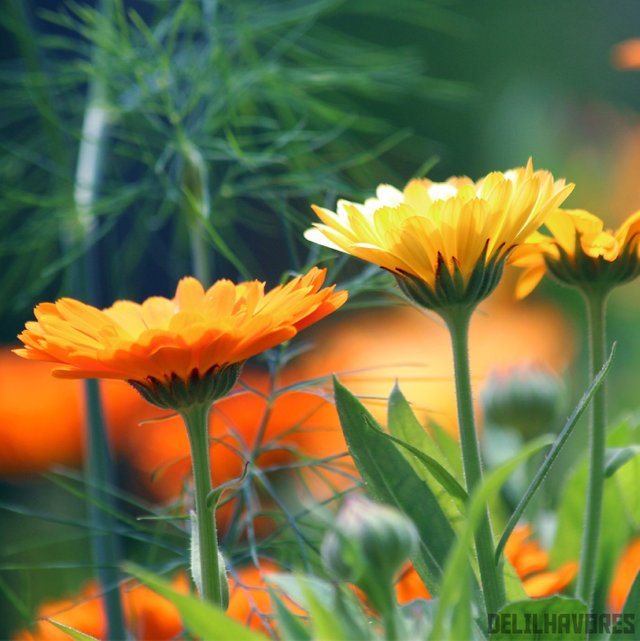
Result
The processes described above can lead to the production of:
- Tinctures: They are liquid preparations obtained by exhausting the drug through maceration or percolation with a suitable solvent. In most cases the solvent used is a hydroalcoholic solution, the gradation of which is chosen according to the solubility of the active ingredients to be extracted;
- Extracts: They are preparations that result from the total or partial evaporation of solutions obtained by exhausting, through maceration or percolation with appropriate solvents, dried vegetable drugs;
- Hydrolites: They are pharmaceutical preparations obtained by draining the drug with water. Among them are infusions, decoctions and herbal teas;
- Alcoolates: They are preparations obtained by distillation of the drug in alcohol;
- Hydrolates: They are also called aromatic waters, they are preparations obtained by distillation of the drug in water;
- Elixir: It is a particular dye containing aromatic or tonic substances (cinchona, rhubarb, senna, cascara sagrada);
- Essence: It is a mixture of substances of pleasant smell and oily nature that are obtained from plants by distillation;
- Cataplasm: It is a curative mixture consisting of a drug that is mixed with an inert substance (excipient), to be applied to the skin for an emollient or sedative purpose.
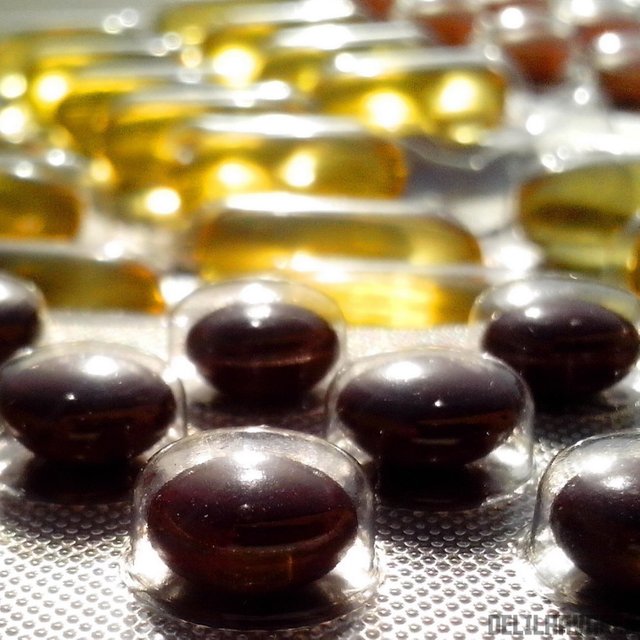
ITA
Ciao a tutti,
Oggi mi piacerebbe introdurre un argomento che mi sta particolarmente a cuore, ovvero l’utilizzo delle piante per ottenere principi attivi che possono essere utili per il loro effetto farmacologico.
Introduzione
Una droga indica un preparato di origine naturale capace di produrre risposte biologiche, in virtù del suo contenuto in principi attivi. Una droga vegetale si può presentare come:
- Organizzata: Contiene elementi cellulari (può, quindi, essere costituita da foglie, radici, fiori, semi, rizomi, corteccia, …);
- Non organizzata: Non contiene elementi cellulari (può, quindi, trattarsi di resine o altri estratti variamente ottenuti e di aspetto variabile).
Nel linguaggio corrente (non farmacologico), per droga si intende un farmaco dotato di effetti psicotropi, generalmente assunto a scopi voluttuari e che spesso produce dipendenza. Fino a pochissimo tempo fa, il termine era anche impiegato per prodotti usati a scopo alimentare (spezie).
I principi attivi presenti nelle piante possono essere utilizzati:
- Sotto forma di droga come tale;
- Come sostanza pura;
- Come materiale di partenza per ottenere prodotti semisintetici:
- Come modello per sintesi ex novo.

Benefici e pericoli
Recentemente si è osservato un andamento crescente nell’utilizzo di piante officiali. La crescita annua stimata è del 25%.
Questo è dovuto principalmente al fatto che è aumentato l’impiego di piante come materie prime per l’estrazione di principi farmacologicamente attivi.
Inoltre, nei paesi industrializzati si sta andando incontro a una crescente sfiducia per la medicina tradizionale e ciò ha comportato un aumentato impiego di preparati di origine naturale. Alcuni esempi:
- Negli USA, nel 2002, le vendite di erbe officiali sono aumentate del 59%. 60 milioni di pazienti si sono rivolti alla fitoterapia con una spesa di 3.28 miliardi di dollari;
- In Germania, più del 25% dei pazienti utilizza l’estratto di iperico per controllare la depressione. Nel 2002, sono state vendute più di 11 milioni di dosi giornaliere di questo rimedio fitoterapico.
Le sostanze vegetali, però, non sono scevre di effetti collaterali. Anzi, queste possono indurre gravi effetti tossici a causa di:
- Contaminazioni con altre sostanze vegetali tossiche:
- Contaminazioni con metalli pesanti;
- Inserimento nel prodotto erboristico di farmaci (come corticosteroidi, benzodiazepine e FANS);
- Interazioni tra il prodotto naturale e un farmaco assunto contemporaneamente.
Dall’altro lato, la farmacovigilanza per i prodotti naturali è di estrema difficoltà in quanto, innanzitutto, raramente chi sviluppa una reazione avversa la imputa al prodotto naturale, che viene considerato erroneamente “sicuro”. Inoltre, spesso i prodotti naturali sono oggetto di automedicazione e nel 70% dei casi non ne viene informato il medico curante.

Raccolta
Il tempo balsamico è il periodo più opportuno per la raccolta delle droghe vegetali. Infatti, a seconda del periodo dell’anno, una pianta può contenere livelli significativamente diversi di principio attivo. Per le erbe biennali si parla del secondo anno di vita, per le foglie si tratta di prima della fioritura, per i frutti carnosi la raccolta si effettua prima della maturità, mentre per i frutti secchi solo a completa maturità. In ogni caso, è necessario evitare la raccolta in caso di pioggia, umidità e nebbia.
Alcuni esempi:
- La Cinnamomum camphora vede accumularsi i suoi principi attivi nel legno, con la crescita dell’albero. Per la raccolta, la pianta è pronta a circa 40 anni;
- I glicosidi cardioattivi della Digitalis lanata raggiungono i livelli più alti nella pianta solo nel secondo anno;
- La Papaver somniferum presenta maggiore contenuto di morfina nella capsula tre settimane esatte dopo la fioritura;
- Nelle piante giovani di Datura stramonium prevale il principio attivo ioscina, nelle piante mature invece prevale la iosciamina.

Trattamento
La preparazione di una droga è l’insieme delle procedure a cui vengono sottoposte le droghe vegetali per la produzione dei principi attivi. I metodi di preparazione sono diversi e dipendono dal tipo di droga impiegata: si distinguono metodi di preparazione di tipo meccanico ed estrattivo, i quali vengono spesso usati in successione per l’estrazione dei principi attivi.
Le droghe secche possono essere sottoposte a:
- Frantumazione: Consiste nel ridurre il materiale vegetale in frammenti più o meno grossi e si applica soprattutto a materiali duri e consistenti (legni, radici, rizomi, cortecce e semi);
- Triturazione: Consiste nel ridurre una droga in particelle minute e si applica alle droghe erbacee, alle foglie, ai fiori, alle gemme, ai bulbi, ai tuberi e alla frutta;
- Polverizzazione: Consiste nel ridurre in polvere le droghe frantumate o triturate. La polverizzazione facilita l’estrazione dei principi attivi, dal momento che maggiore è la finezza della droga più rapida sarà l’estrazione dei principi attivi.
Le droghe fresche possono andare incontro a:
- Spremitura: Consiste in una operazione meccanica sia di preparazione che di estrazione che si opera su una droga fresca, la quale viene pressata in modo da lacerare il tessuto vegetale e farne uscire il contenuto;
- Compressione;
- Centrifugazione.
I metodi di estrazione sono numerosi e comprendono:
- Estrazione con solvente: Prevede la lenta diffusione, all’interno del materiale vegetale, di un solvente (acqua, etanolo, miscele di liquidi organici a diversa polarità) in cui i principi attivi da estrarre siano solubili;
- Estrazione con fluidi supercritici: Un fluido supercritico è una sostanza che, a elevati valori di temperatura e pressione, si presenta sotto forma di gas a elevata densità, prossima a quella dello stato liquido. Un esempio di estrazione di questo tipo è quella della caffeina dalle foglie di the;
- Distillazione: Tale procedura è utilizzata per estrarre principi attivi volatili da una droga vegetale. Si opera mettendo la droga su setacci, attraverso i quali passano vapori di acqua o di altro solvente, in modo tale che il vapore che passa attraverso la droga estrae dalla droga stessa le componenti volatili quali, ad esempio, gli oli essenziali. Il vapore viene poi ricondensato in un altro recipiente;
- Infusione: Sulla droga secca viene versata acqua bollente e si lascia agire per alcuni minuti. Questa procedura è utilizzata per droghe costituite da infiorescenze e contenenti principi attivi termolabili;
- Decozione: La droga secca viene immersa in acqua fredda, la quale viene portata a ebollizione e mantenuta in tale stato per un tempo variabile;
- Enfleurage: È il più antico metodo di estrazione conosciuto. Sviluppato dagli Egizi, oggi è quasi in disuso a causa degli elevati costi, ma permette di trattare a freddo fiori fragili come il gelsomino e la tuberosa. L’enfleurage si attua ponendo i petali su una lastra di vetro, detta telaio e ricoperta di grasso, che ne assorbe l’odore. L’operazione viene rinnovata circa 30 volte e si ottiene, quindi, una pomata profumata. La pomata viene raschiata dal telaio e si lava poi in alcool, ottenendo un assoluto. Esiste anche l’enfleurage a caldo, dove i petali vengono gettati nel grasso fuso a bagnomaria e mescolati per due ore;
- Macerazione: La droga secca e polverizzata viene immersa in un liquido, generalmente alcool. La droga viene lasciata a bagno per circa una settimana al termine della quale il liquido viene filtrato. La droga viene sottoposta a successive macerazioni fino ad “esaurimento”, ovvero fino ad ottenere un recupero praticamente totale dei principi attivi della droga solubili nel liquido;
- Percolazione: Viene eseguita in apparecchi chiamati percolatori e consiste nel far passare in maniera continua il solvente attraverso uno strato di droga finemente polverizzata e sottoposta preventivamente a macerazione per 24-48 h. La velocità di percolazione deve essere bassa, in modo tale che il solvente a contatto con la droga abbia il tempo di estrarre i principi attivi. Generalmente si usa una velocità di 20 gtt di solvente/minuto/Kg di droga.

Risultato
I processi descritti precedentemente possono portare alla produzione di:
- Tinture: Sono preparazioni liquide ottenute esaurendo la droga tramite macerazione o percolazione con un opportuno solvente. Nella maggior parte dei casi il solvente impiegato è una soluzione idroalcolica, la cui gradazione viene scelta in funzione della solubilità dei principi attivi da estrarre;
- Estratti: Sono preparazioni che risultano dall’evaporazione totale o parziale di soluzioni ottenute esaurendo, tramite macerazione o percolazione con opportuni solventi, droghe vegetali essiccate;
- Idroliti: Sono preparazioni farmaceutiche ottenute esaurendo la droga con acqua. Tra essi vi sono gli infusi, i decotti e le tisane;
- Alcoolati: Sono preparati ottenuti per distillazione della droga in alcool;
- Idrolati: Sono definiti anche acque aromatiche, sono preparati ottenuti per distillazione della droga in acqua;
- Elisir: È una particolare tintura contenente sostanze aromatiche o toniche (china, rabarbaro, senna, cascara sagrada);
- Essenza: È una miscela di sostanze di odore gradevole e natura oleosa che si ottengono dalle piante per distillazione;
- Cataplasma: Si tratta di un impasto curativo costituito da una droga che viene mescolata con una sostanza inerte (eccipiente), da applicarsi sulla cute a scopo emolliente o sedativo.

Images - Foto
Sources- Fonti: "Botanica generale e diversità vegetale", Pasqua - Abbate - Forni
Hello,
Your post has been manually curated by a @stem.curate curator.
We are dedicated to supporting great content, like yours on the STEMGeeks tribe.
If you like what we are doing, please show your support as well by following our Steem Auto curation trail.
Please join us on discord.
This post was selected, voted and shared by the discovery-it curation team in collaboration with the C-Squared Curation Collective. You can use the #Discovery-it tag to make your posts easy to find in the eyes of the curator. We also encourage you to vote @c-squared as a witness to support this project.
Congratulations @delilhavores! You have completed the following achievement on the Steem blockchain and have been rewarded with new badge(s) :
You can view your badges on your Steem Board and compare to others on the Steem Ranking
If you no longer want to receive notifications, reply to this comment with the word
STOPVote for @Steemitboard as a witness to get one more award and increased upvotes!
si stanno interessando in molti a questi farmaci fitoterapici perché pare stiano dando risultati soddisfacenti
Vero! La natura è in grado di aiutarci sotto moltissimi aspetti, inclusa la salute. E' bene ricordare, però, che è sempre meglio evitare l'auto-medicazione perché le piante non sono scevre di effetti collaterali! Bisogna fare attenzione e cercare di divulgare il più possibile un pensiero critico :) In ogni caso io personalmente sono molto positiva riguardo alla fitoterapia, penso che si stiano facendo passi da gigante!
Grazie per il commento :)